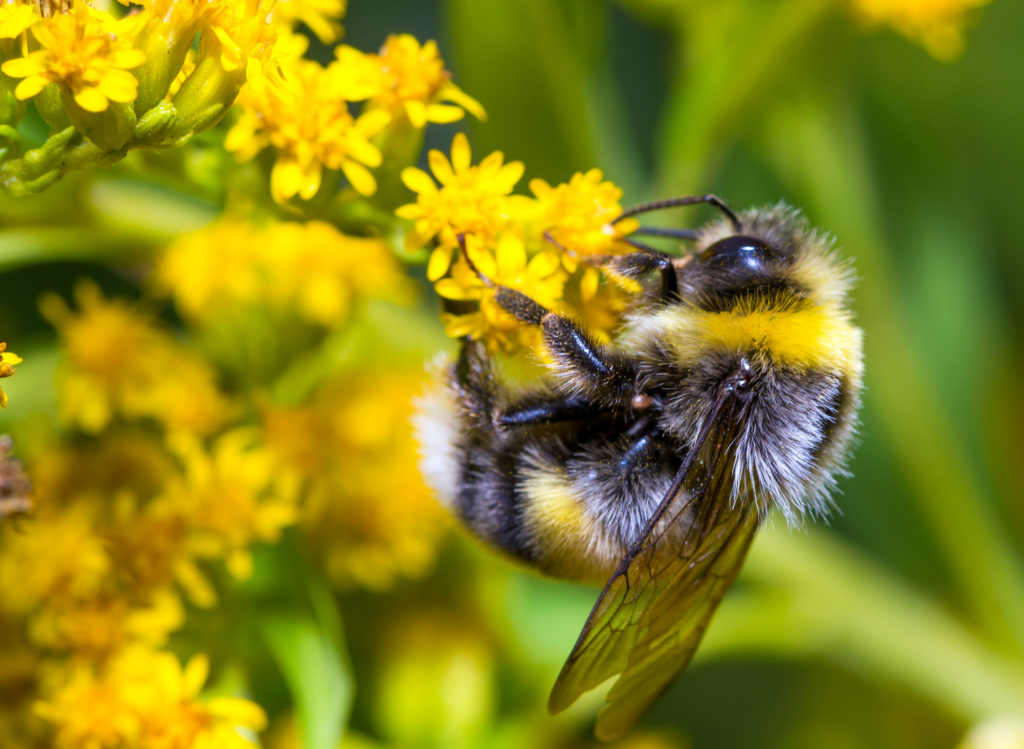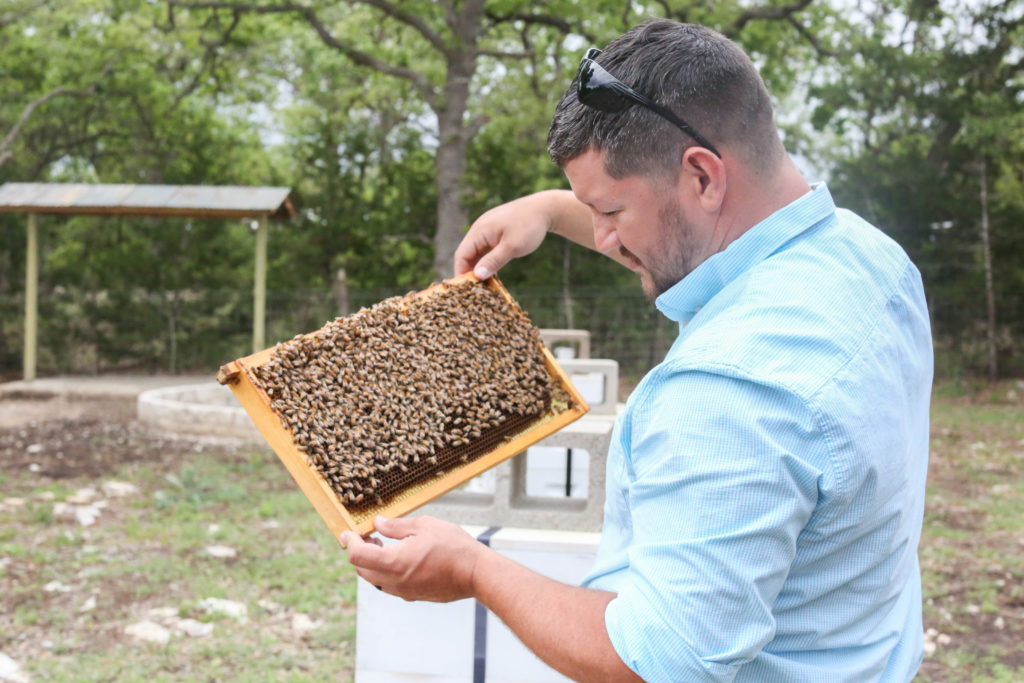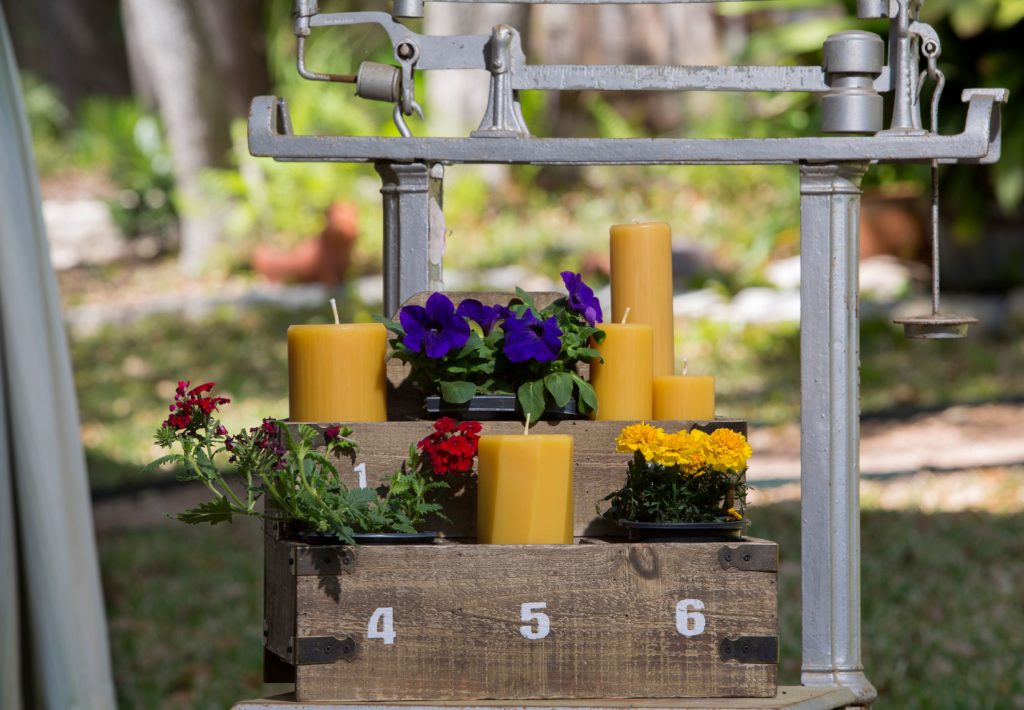Planting a Bee-Friendly Garden for Pollinator Week
Did you know that bees, like the rest of us, have favorite flowers? It’s true! They choose their favorites pretty much the same way we do: by which flowers are the brightest and the sweetest-smelling. This attracts them to flowers like bluebonnets, dandelions, and daisies. Unfortunately, bees are in trouble, due to widespread pesticide use and human development infringing on their habitats.
If the decline in pollinator numbers worries you, you’re not alone. This June 16-22 is Pollinator Week, an internationally-recognized event that aims to spread awareness for what we can do to help the survival of pollinators such as bees, butterflies, bats, and wasps. One notable way is by making sure our outdoor spaces are welcoming to pollinators.
Plants that rely on pollination for survival have adapted to become more attractive to bees over time. These adaptations, which include the flower’s shape, color, or scent, are pollinator-specific. For instance, bees prefer bowl-shaped or tubular-shaped flowers, and are also assumed to be more attracted to white, yellow, or ultra-violet petals.

Planting a bee-friendly garden is easier and more rewarding than it may seem. There are plenty of resources online to point you in the right direction. For those of you in the Hill Country, Texas A&M has created a long and thorough list of Central Texas plants that are beneficial to bees, which includes the seasons in which they bloom. This is especially important, because bees are often left out in the cold during the winter months (pun intended). With fewer plants blooming that time of year, bees–who basically work themselves to death during their short lifetimes–are at risk of starvation.

If you’re thinking about making your garden a bee sanctuary, try to include plants that flower in colder months, too. Your garden should also include a source of water that’s shallow enough for bees to access without drowning. The Ladybird Johnson Wildflower Center is a great resource on pollinator-friendly plants to grow in Texas, and has lists for other parts of the country, too.

Bees and other pollinators such as butterflies, wasps, and hummingbirds are invaluable to the ecosystem. We rely on them for the survival of around 80% of the plants in Texas. Without pollinators, we wouldn’t be able to enjoy many of our favorite fruits, nuts, and vegetables. As such, it’s vital that we do what we can to protect pollinators. A few things you can do to make your garden more appealing to these little helpers are:
- Don’t use pesticides
- Provide shelter for solitary bees, such as woody debris
- Plant native vegetation and wildflowers to mimic the natural environment
- Grow a variety of native plants that bloom at different times of the year
It benefits everyone to be kind to the bees. While human-caused factors such as deforestation, pesticide use, and climate change are hurting our pollinators, we can each do our part to reverse the damage. Afterall, change starts with one person at a time.
For more information about how you can “bee” more friendly to local pollinators, check out our blog here: How You Can Help Save the Bees. Also, don’t forget to check out more information on Pollinator Week here: Pollinator Week Fast Facts.

